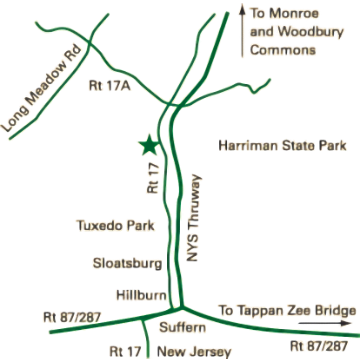Buying quality plants is not as easy as it looks on the surface. When you go into a nursery everything looks great. How do you know you are purchasing quality? Below find a set of rules to help you buy quality!
1 – Check the soil type in your area. Is it clay? Is it sand? It makes a difference. If you have clay soil and you buy a plant from a sandy soiled location the hole will fill with water and your plant will gradually deteriorate. The same thing happens when you buy a potted plant. It is possible to mix your soil to make it right.
You can plant from:
– Clay to clay
– Clay to sand
– Potted plants to sand
Not from: without amending the soil.
– Sand to clay
– Potted plants to clay
2 – The location the plant comes from matters. Different areas have different length growing seasons because they are grown in different climates and therefore have different exposures to cold. This will matter more to you if you are purchasing plants from down south and out west and bringing them to the northeast. It also matters if they were grown in a greenhouse. Try to match weather exposure for the greatest success.
3 – Hand dug vs. machine dug:
When a plant is hand dug the digger can see the roots and adjust there digging accordingly to increase plant survival. When a plant is machine dug (mechanically dug) the machine cannot see the roots and you don’t really know how much root you have really taken. It also compresses the ball. Hand digging is more expensive because it takes longer. When planting in a difficult spot it is best to use hand dug to increase your chances of survival.
4 – Check the root collar.
The root collar is where the tree flare meets the soil. It should be visible. When a tree trunk is buried with soil the tree will decline.






